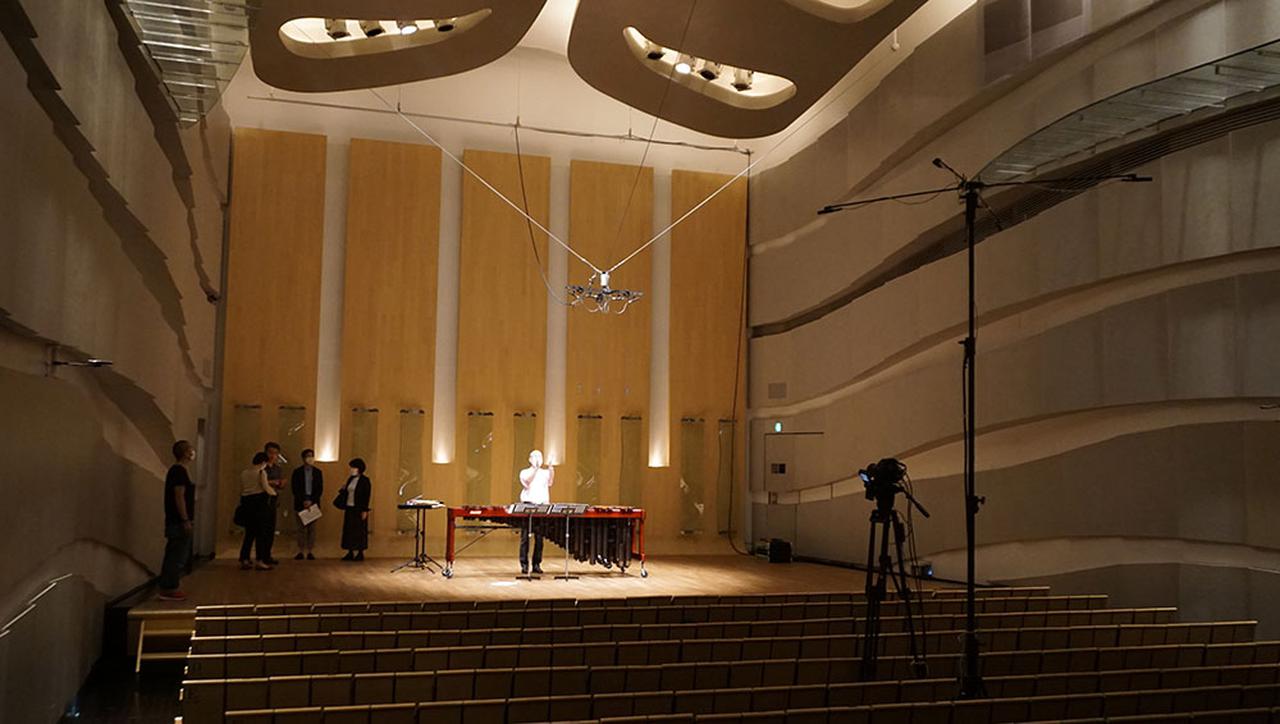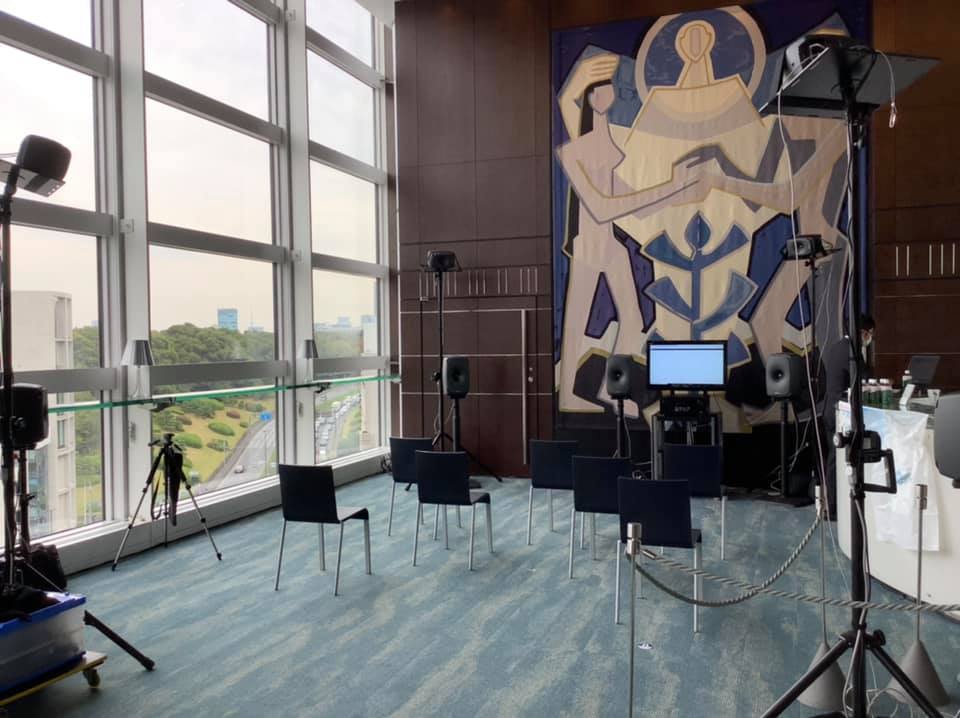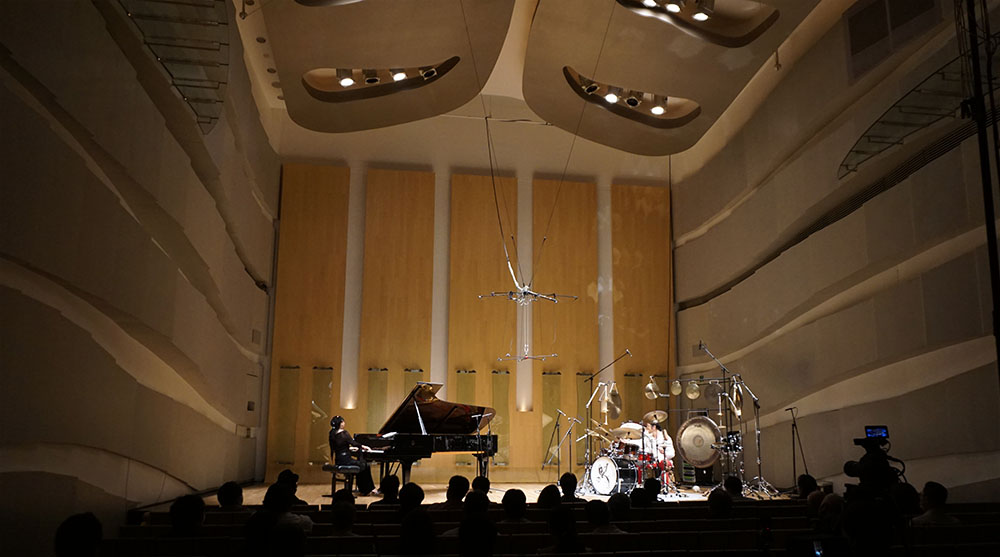- Μηνύματα
- 22.273
- Reaction score
- 15.548
θα βγαλει 50 τιτλους ο μαστορας σε auro 9.1 



 www.spiritofturtle.com
www.spiritofturtle.com




Έτσι δε θα πάρει ποτέ!Ή το ανάποδο: κάτσε να βγουν ταινίες με auro και μετά παίρνεις ενισχυτή.


 online.stereosound.co.jp
online.stereosound.co.jp

 online.stereosound.co.jp
online.stereosound.co.jp

 online.stereosound.co.jp
online.stereosound.co.jp




 online.stereosound.co.jp
online.stereosound.co.jp








